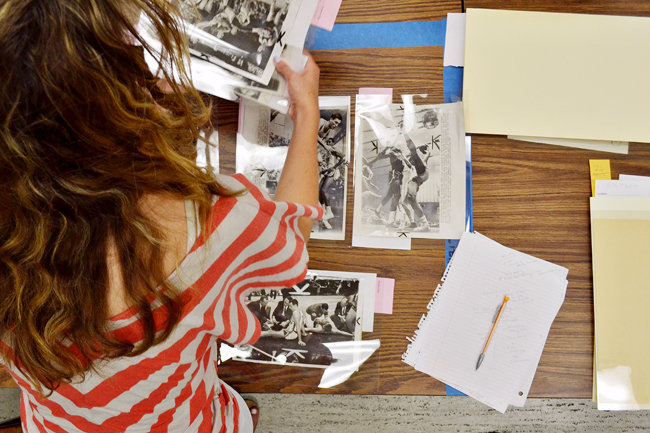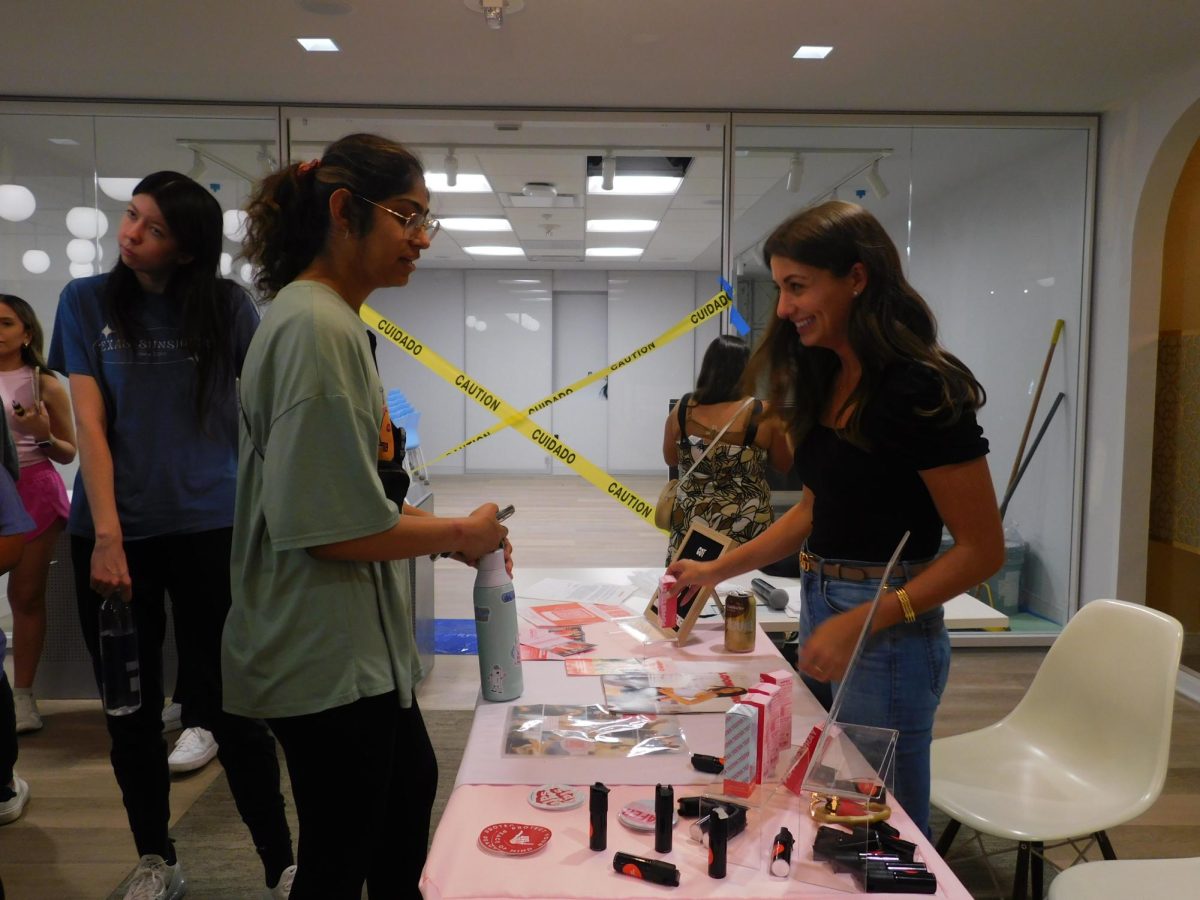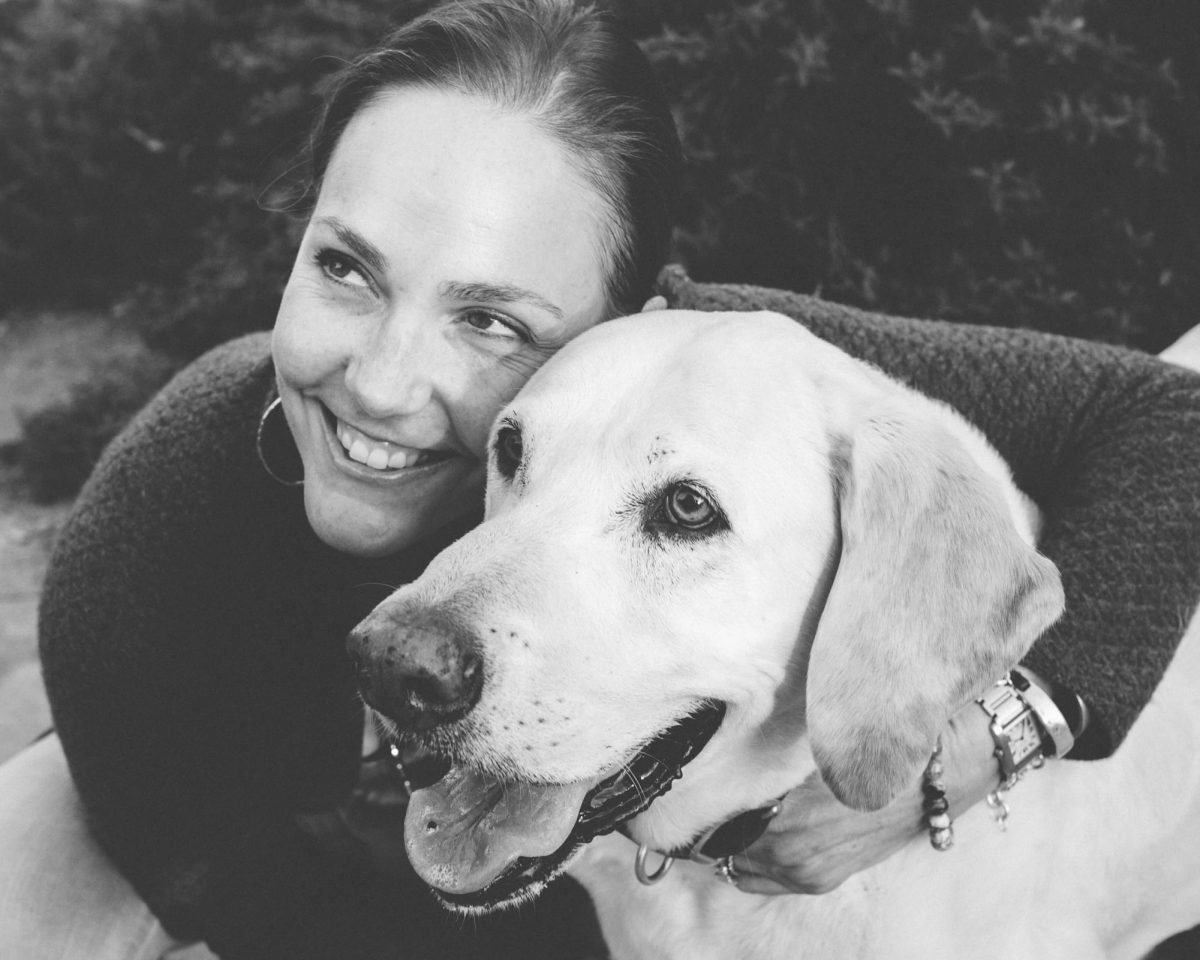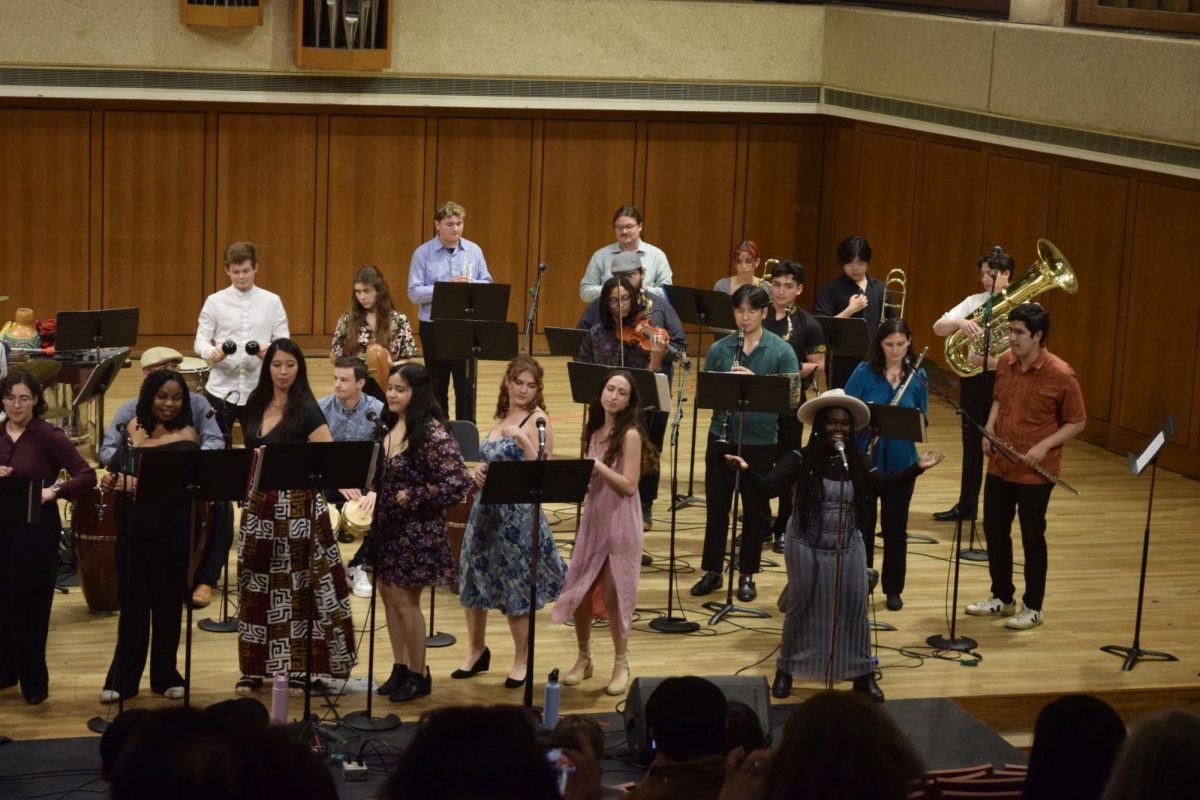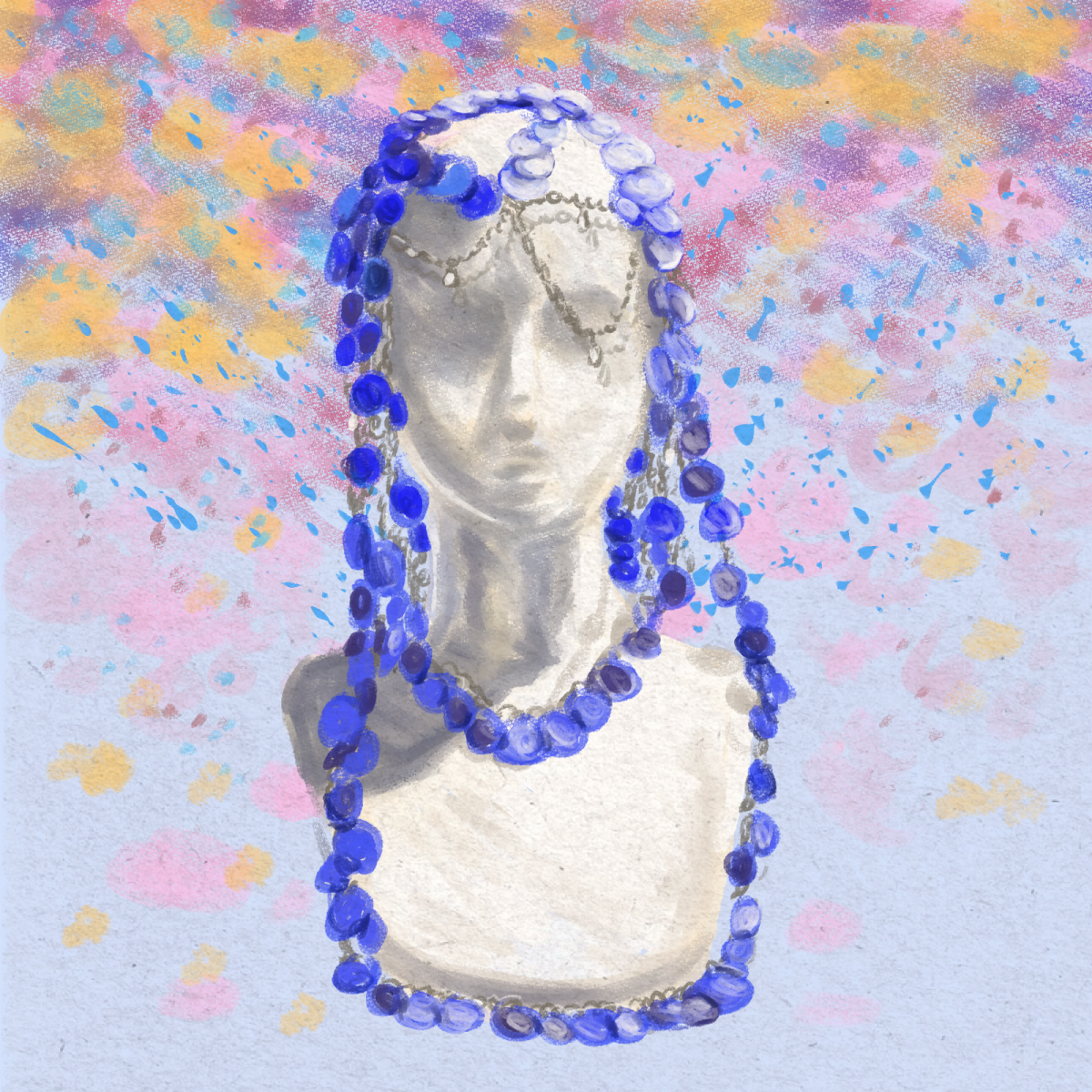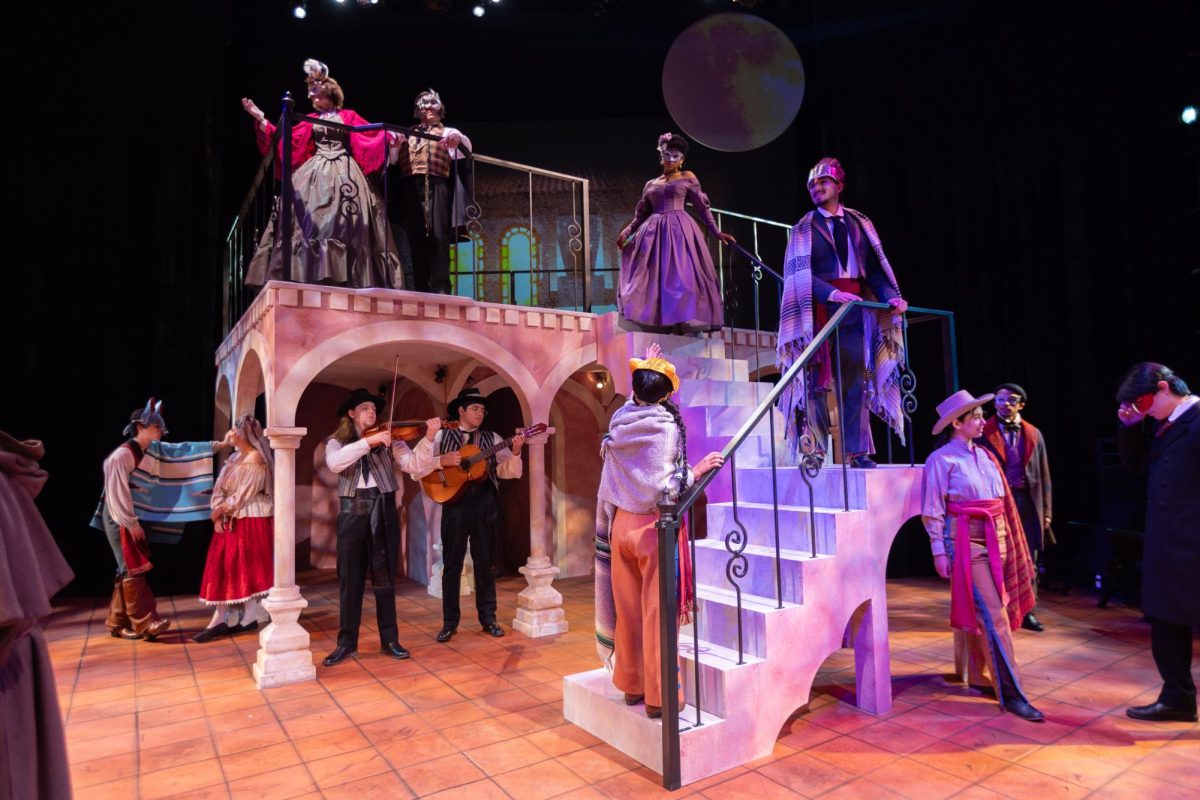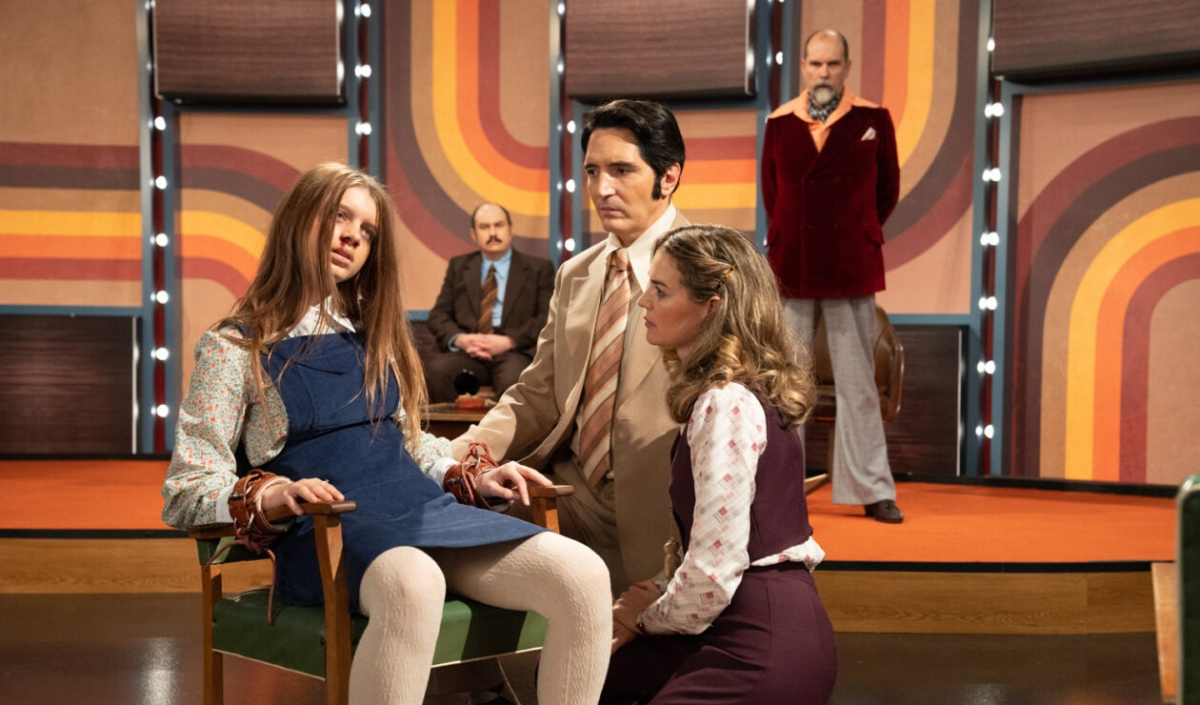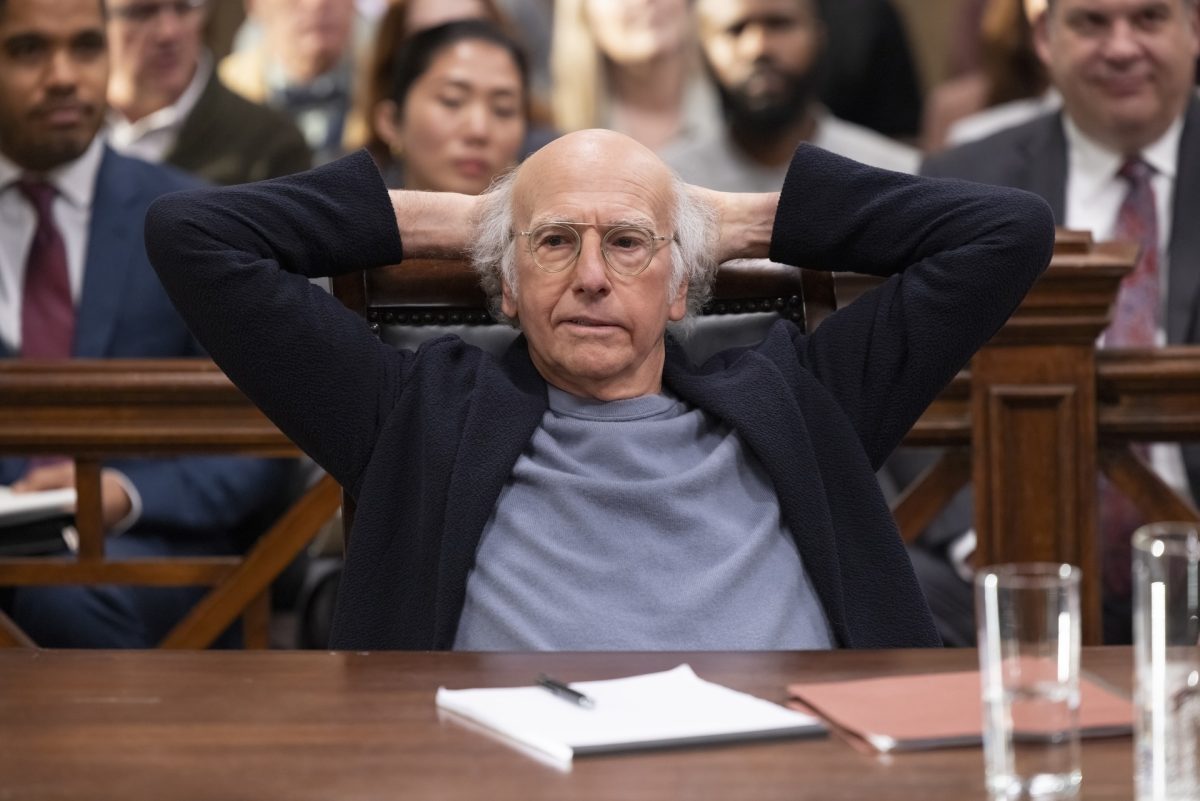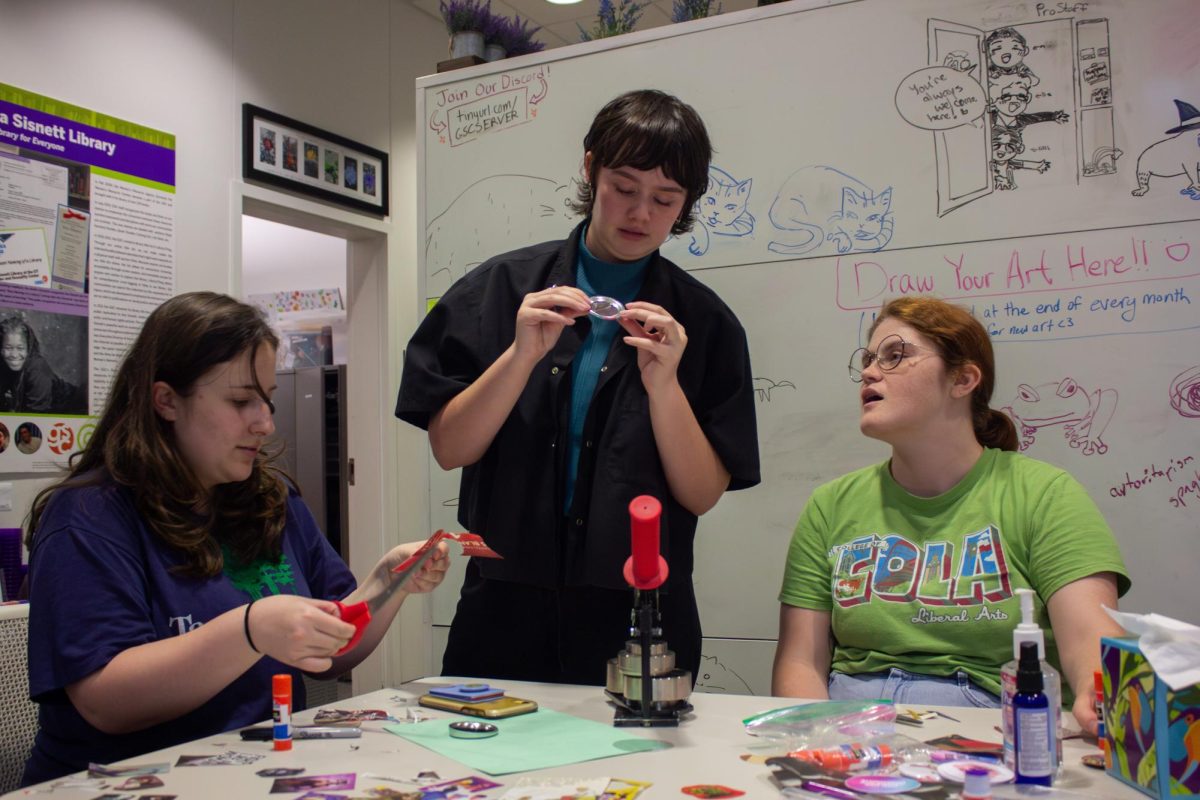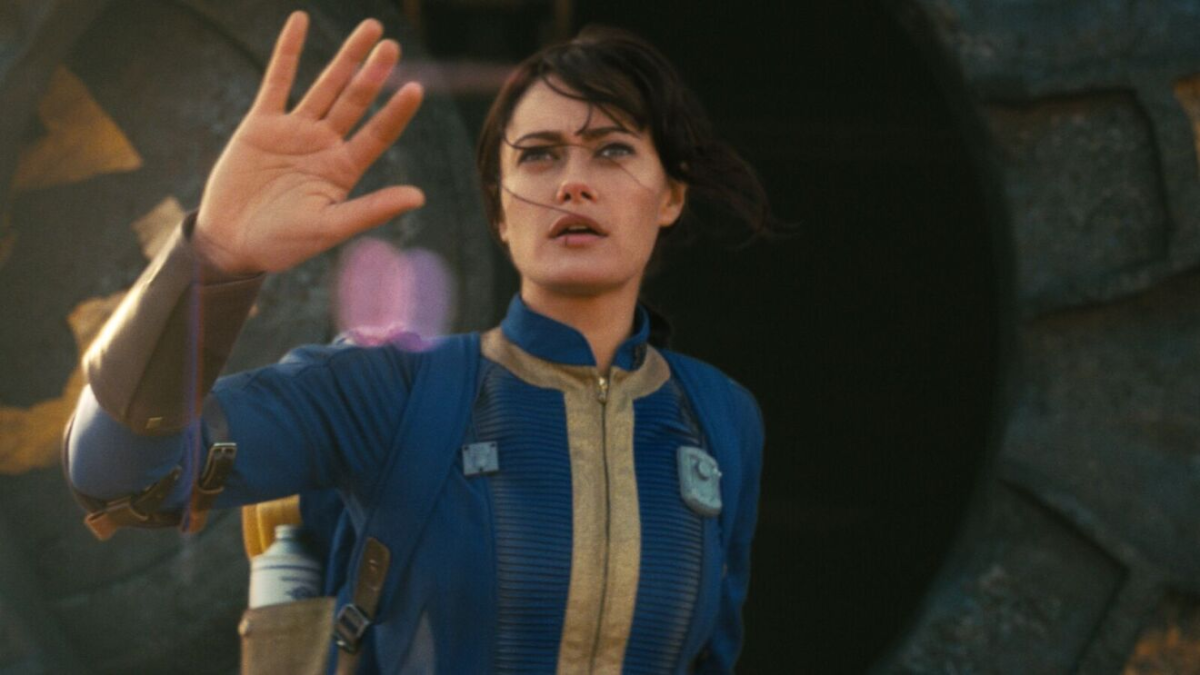Tucked inside 21st and Guadalupe streets, underneath a group of trees and passed by hundreds, if not thousands of students a day stands a building seven stories high made of grey concrete and with few windows. The building, the Harry Ransom Center, appears enigmatic and imposing, impenetrable to the average student.
Undergraduate students, however, may be surprised to realize the access they have to the greatest works of art and events from high-profile writers and artists. Even more, the events and handling of the material at the Ransom Center may very well have been worked on by some of their peers and friends as undergraduate interns.
Knowing a Harry Ransom Center intern may become more common, as the center is expanding its undergraduate internship program to all majors for next year and is currently accepting applications through April 9. The internship gives students the opportunity to gain experience in a variety of fields, from public relations to conservation.
“There are a lot of interests that can be piqued and fed through the programs here,” said Megan Barnard, curator of contemporary literature for the center. “Not every university has a center like this, not every university has a Gutenberg Bible, not every university has the world’s first photograph. It’s a resource here for the students.”
Opened in 1957, the Harry Ransom Center was founded by its namesake, who was vice president and provost of the University at the time, to provide and preserve original cultural material for education and entertainment. Whereas other centers had established reputations and large endowments to compete for pieces, Ransom decided to acquire what were then contemporary pieces in a much less competitive field.
Since having added works like medieval scripts, film and photography, the center has a collection that can just about tell the history of time beginning with the Gutenberg Bible.
While they are in possession of a Gutenberg Bible and the personal writings of David Foster Wallace, the center sees itself as more than simply a holder for these works. It strives to create an interactive relationship with students.
In 2003, the entire building was renovated to make it more inviting. The artwork and banners were placed outside while exhibits moved from the Flawn Academic Center to the first floor of the center and a theater was added.
On any given day, Kelsey McKinney, Plan II junior and public affairs intern, blogs for the website or interacts with visiting authors. The internship gives her the ability to understand the inner workings of a place she first discovered her freshman year in a world literature class.
“I think what the Harry Ransom Center really offers [as an intern] is befriending and making friends with the people you work with,” McKinney said. “When you work here, you not only interact with the people here but with visiting scholars who may be here for the David Foster Wallace [material], people you wouldn’t interact with at a ‘regular’ arts or humanities center because there is so much traffic.”
Moreover, for 2009 undergraduate and Latin American studies graduate student Albert Palacios, his senior year internship solidified his career path in exhibition design and led to his current job as the film curatorial assistant at the center.
“When I was working for the Making Movies exhibition, I ran across beautiful costume designs just on regular paper,” Palacios said. “I brought it to their attention, and no had known they existed. It was like finding treasured material.”
Because of its current program’s success, the center opened its internship program to four additional undergraduates in any major or school.
“We’ve been thankful for the program so far, and so we wanted to reach out to students regardless of major. So if there’s a biology major that wouldn’t have been able to apply previously, now it’s important to them,” said Danielle Sigler, assistant director and curator for academic programs.
Whether an intern or not, the center’s main attraction is proximity to the collections. All year long, the center holds exhibits, like its current one on the King James Bible.
Most notably, at any moment during its hours, a student may head up to the Reading Room and gain access to the works and physically hold them.
“There’s a materiality from that experience of holding something,” Palacios said. “In smelling that odor, touching the pages. It’s so connected with the human experience.”
That’s the appeal of the center to students who have been there: Despite its ominous appearance, the Harry Ransom Center is not a skeleton of mere support but a moving organ pumping life into students’ undergraduate experience, allowing them to actively experience these works they passively learn about in class.
“We can walk out from the street and hold a document from Virginia Woolf, and not every undergrad has that opportunity. Not every scholar has that opportunity,” McKinney said.



